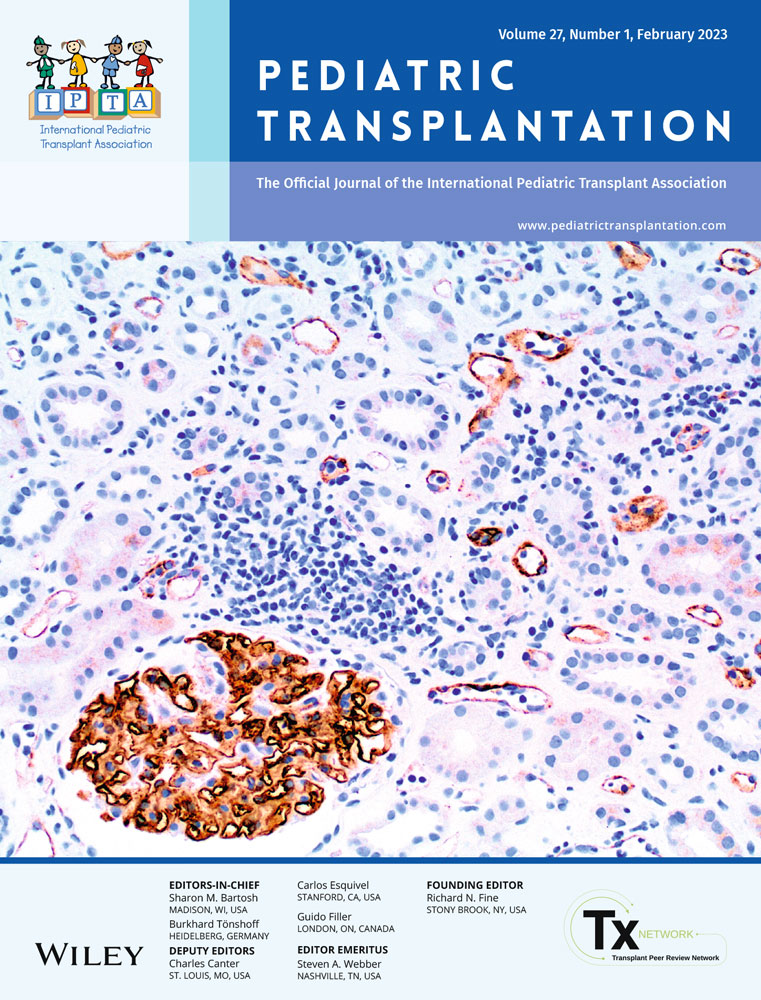Intraoperative portal vein stenting through umbilical vein approach: An innovative salvage procedure for portal vein thrombosis in pediatric liver transplant
Abstract
Background
IPVS is considered a last resort or a salvage procedure in the event of recurrent PV thrombosis despite multiple attempts at redo PV anastomosis. We employed the opened umbilical vein approach to place the stent in the PV and deliver anticoagulation through a catheter.
Materials and Methods
From Jan 2017 to Feb 2022, 150 patients underwent pediatric transplantation at department of liver transplant and hepatobiliary surgery unit, Indraprastha Apollo hospitals, New Delhi. Age, weight, PELD Score, diagnosis, portal vein diameter on preoperative CT, Portal flow after stenting, decrease in spleen size after stenting in follow-up CT were collected from a prospectively maintained data base and reviewed.
Results
Eight patients underwent IPVS following LDLT (mean age-10.6 ± 2.2 months, mean weight 8.1 ± 1.6, mean PELD score 32.7 ± 7.3). The mean PV diameter on preoperative CT scan was 3.6 mm (range 2.7–5.6 mm). The mean portal flow following stenting was 718.75 cc/min. Percentage reduction in size of the spleen was 26.35% beyond 2nd post-operative week. No patient had recurrent PV thrombosis following IPVS and all maintained an adequate portal flow throughout the immediate postoperative period. Two patients had in-hospital mortality secondary to septic complications.
Conclusion
Umbilical vein approach is technically feasible, easy to manipulate the stent and catheter placement after stenting helps to deliver anticoagulants locally.
CONFLICT OF INTEREST
Authors declare that there is no conflict of interest to disclose that could be perceived as prejudicing the impartiality of the research reported.
Open Research
DATA AVAILABILITY STATEMENT
In accordance with the “DFG Guidelines on the Handling of Research Data,” we will make all data available upon request. The data set will be archived for at least 3 years after the publication.




